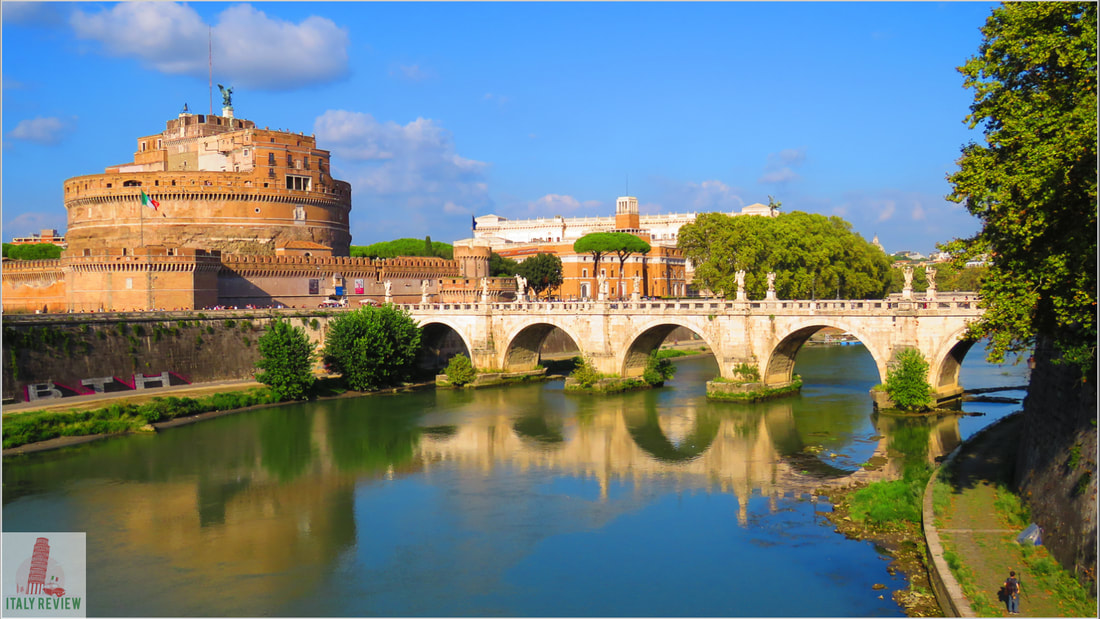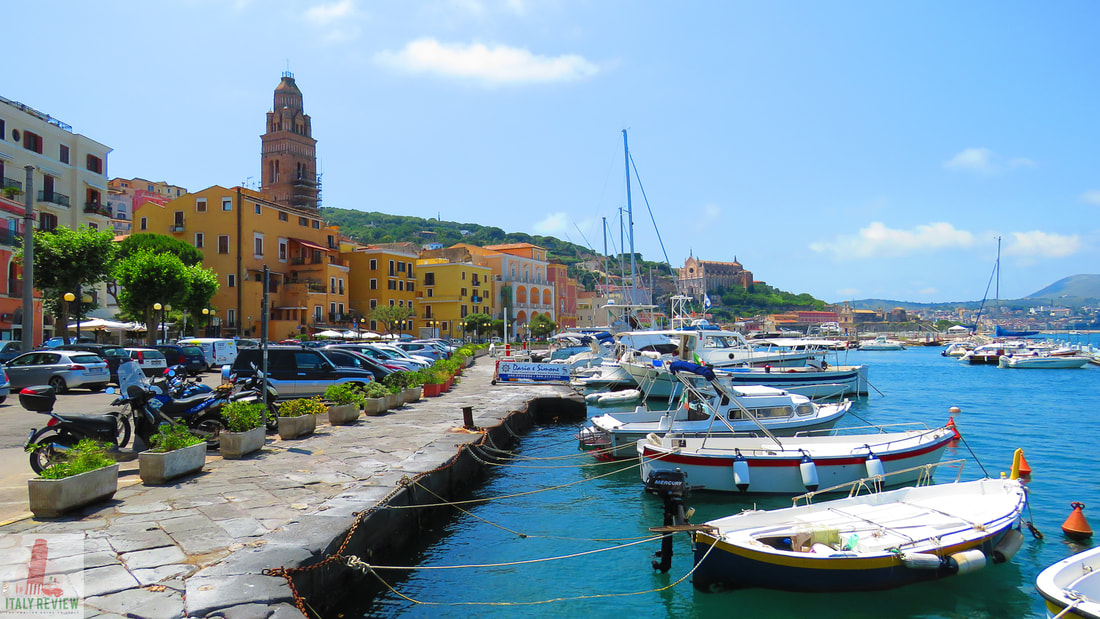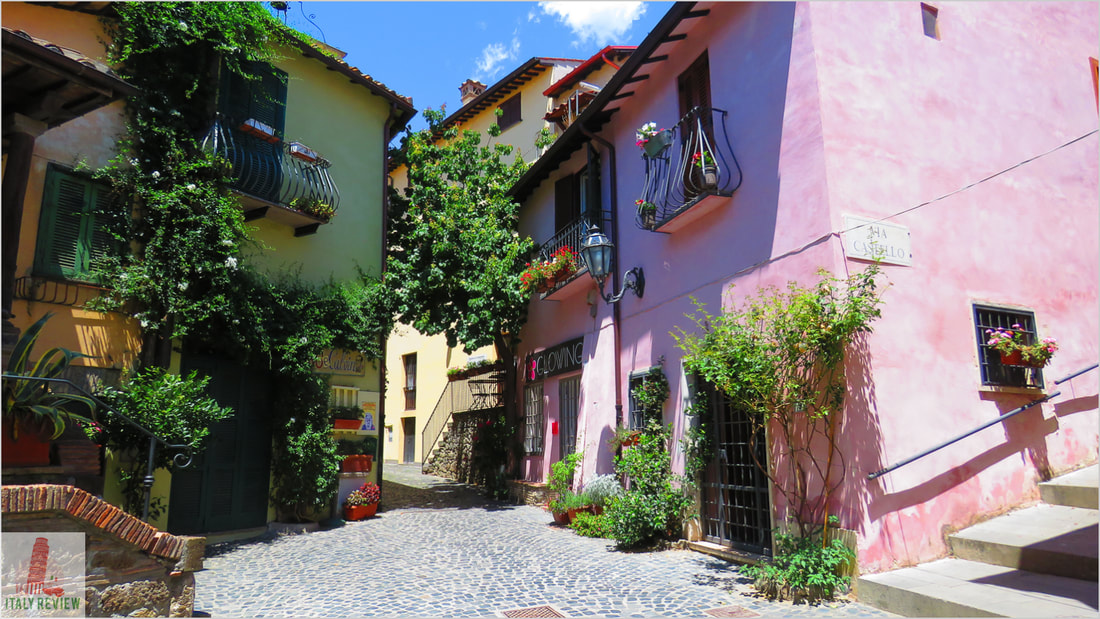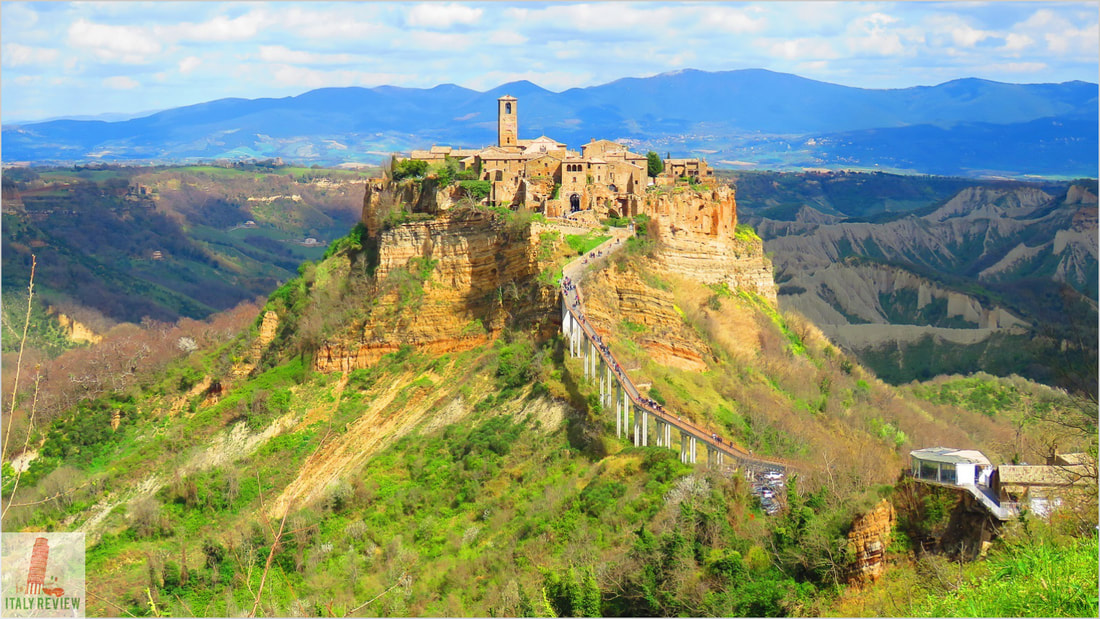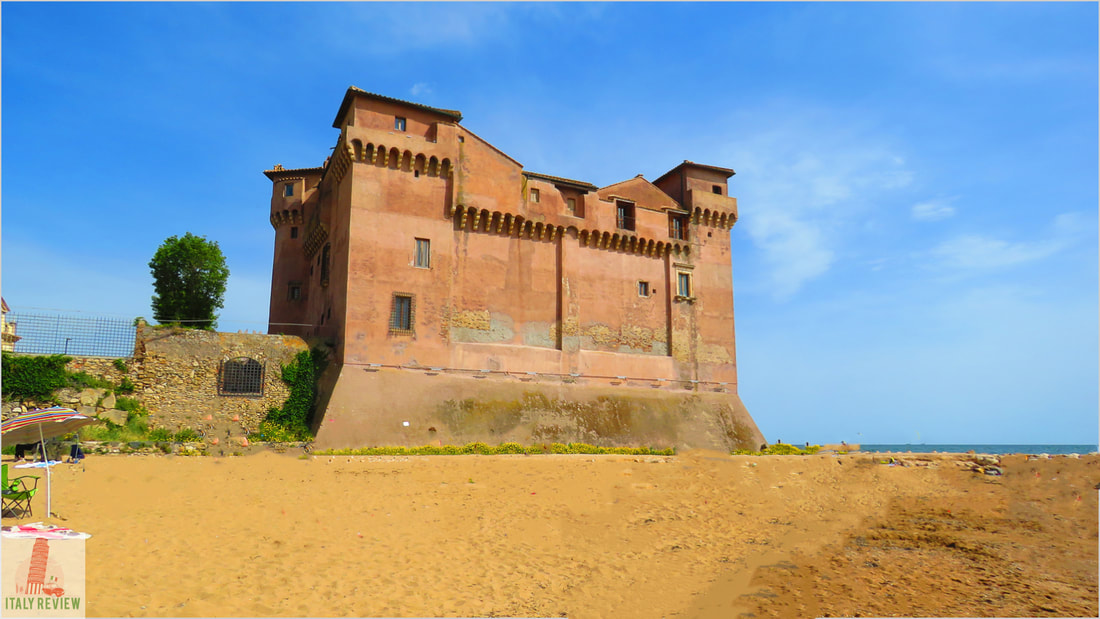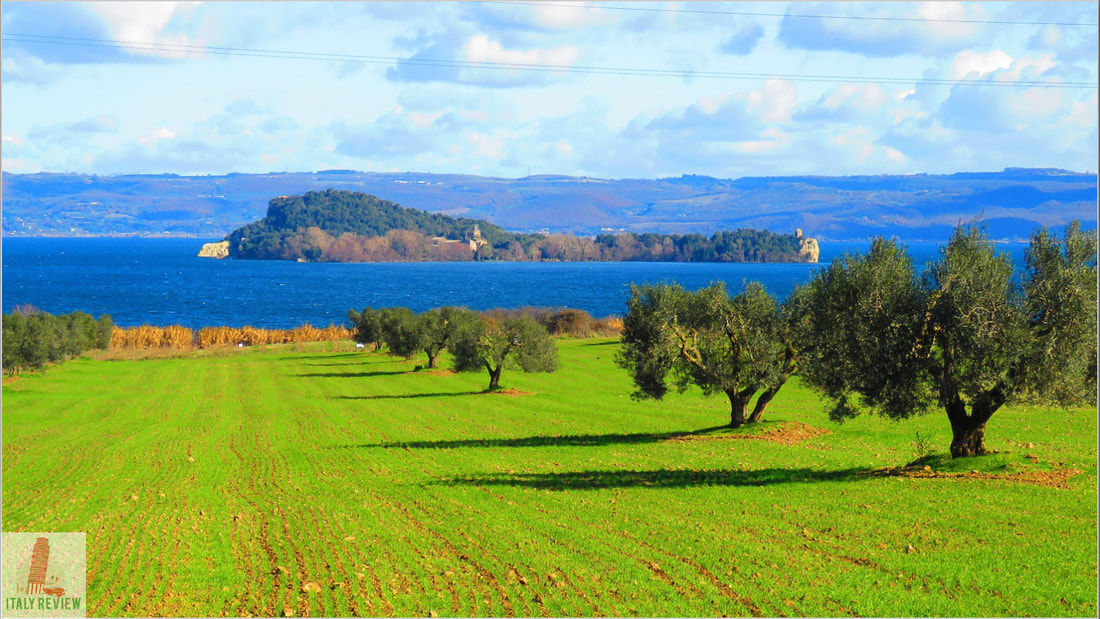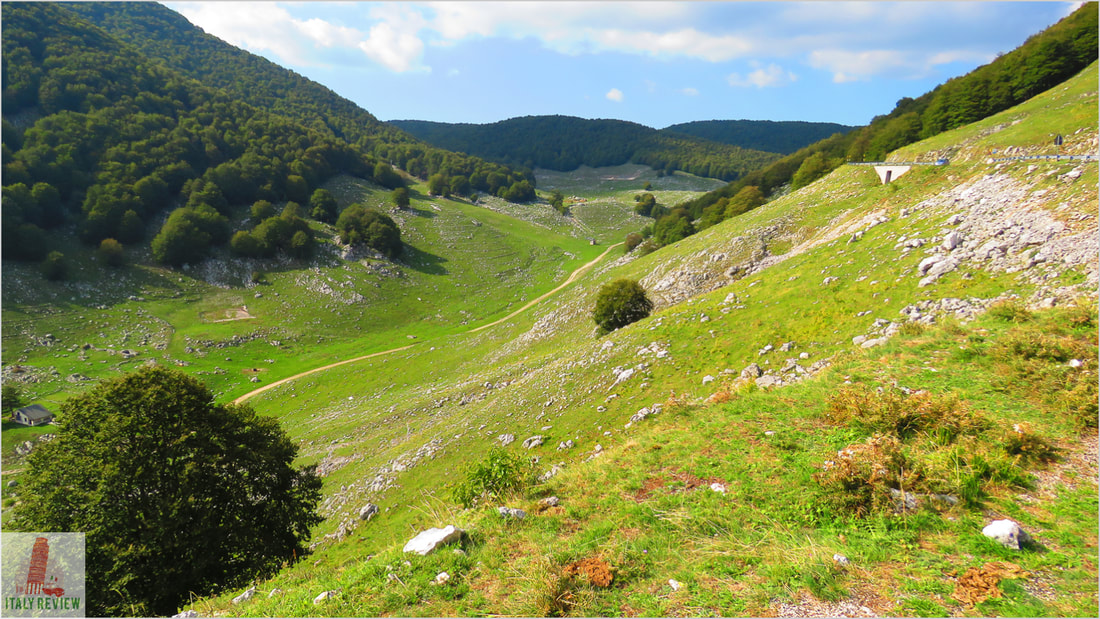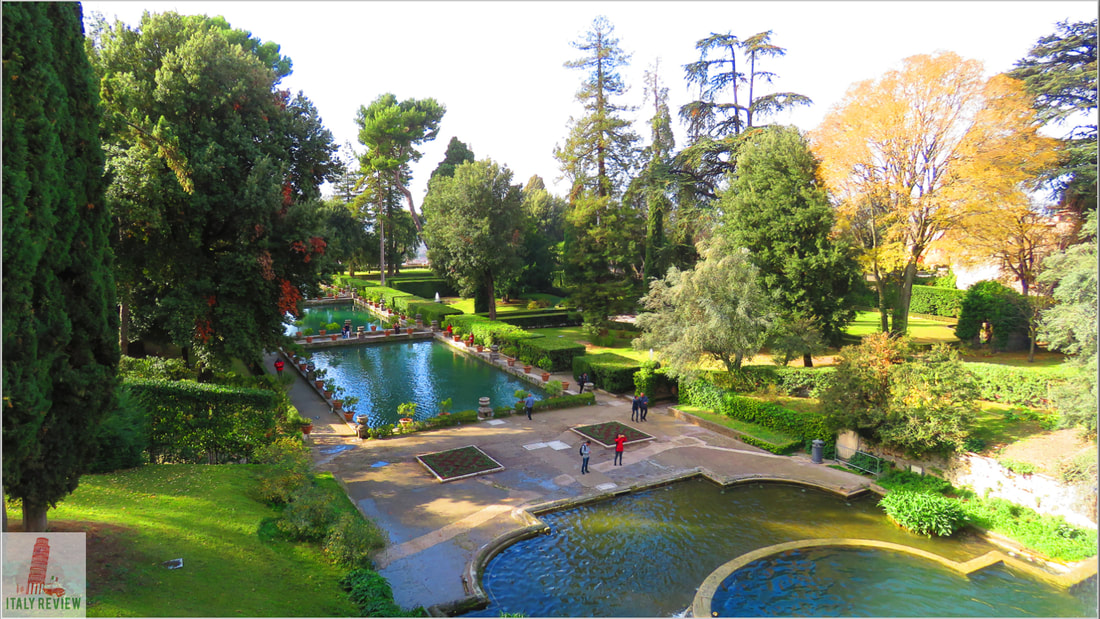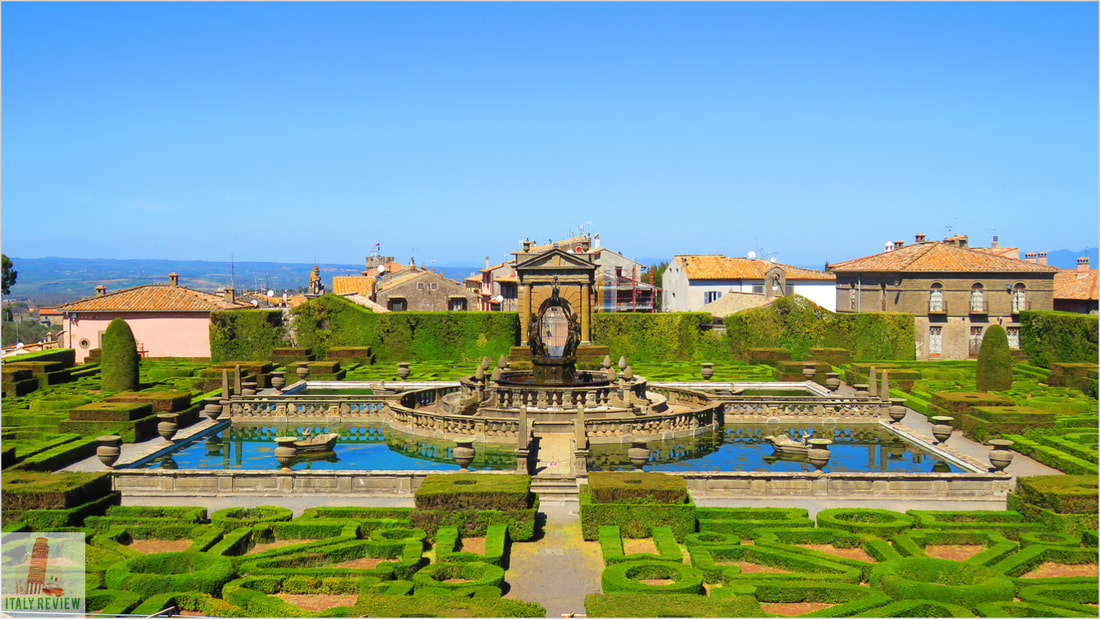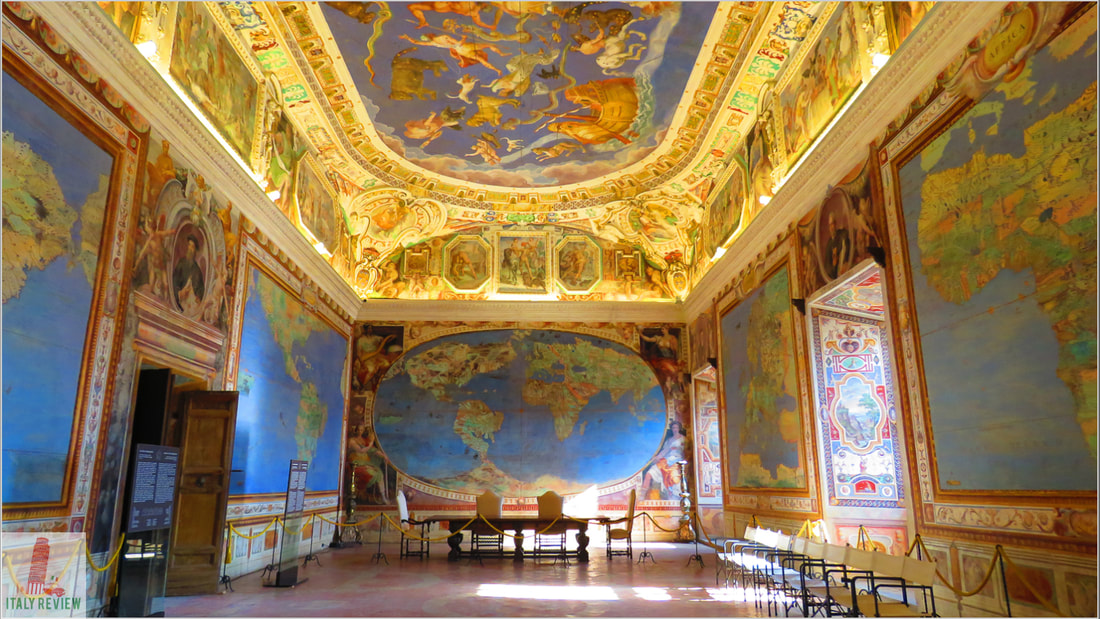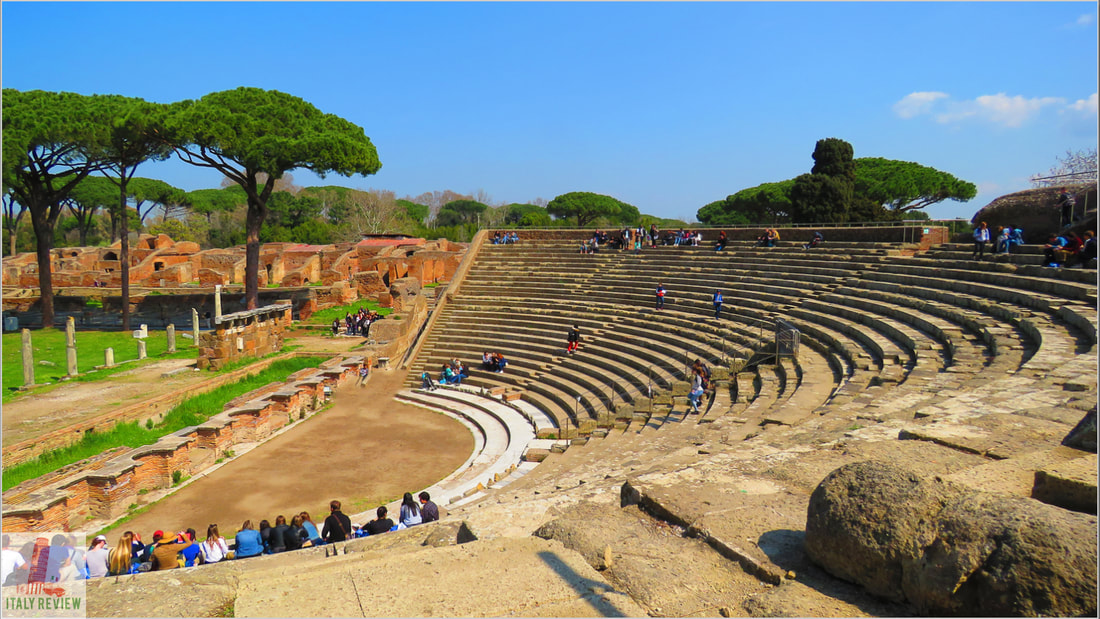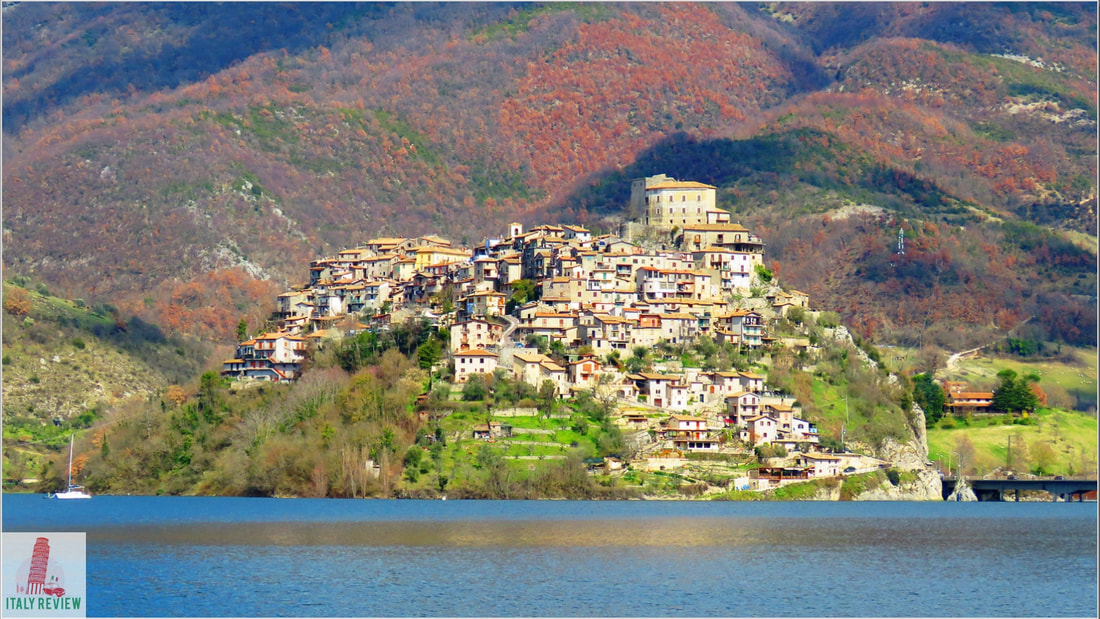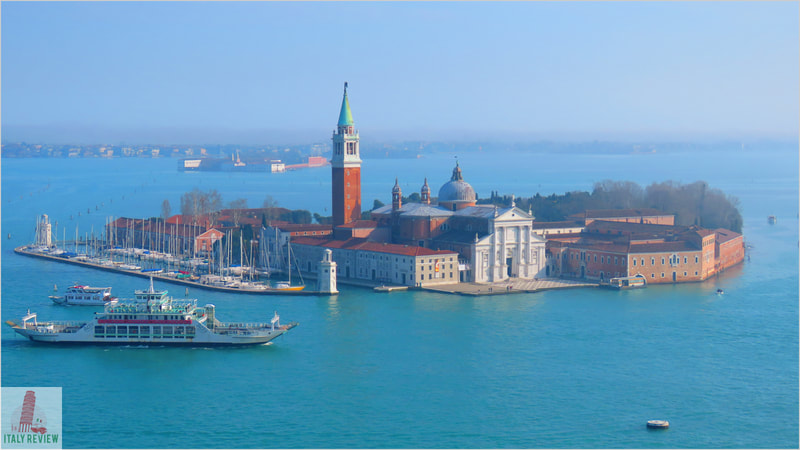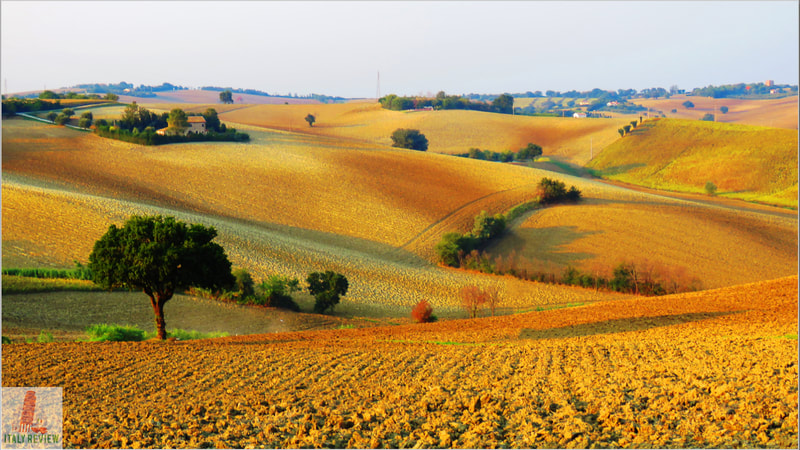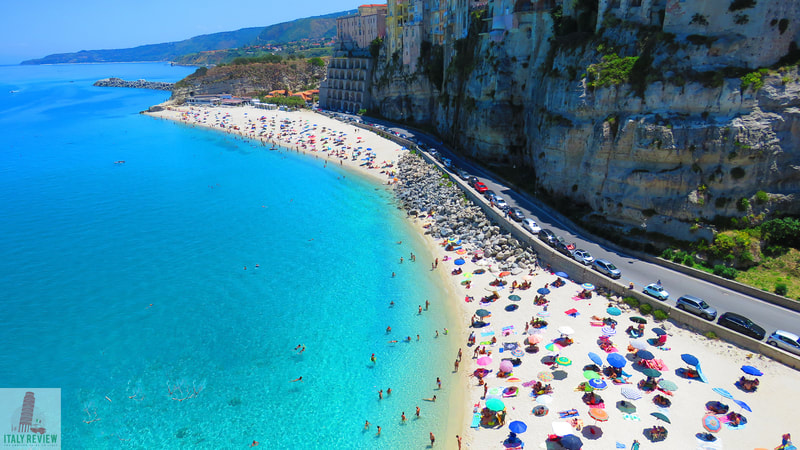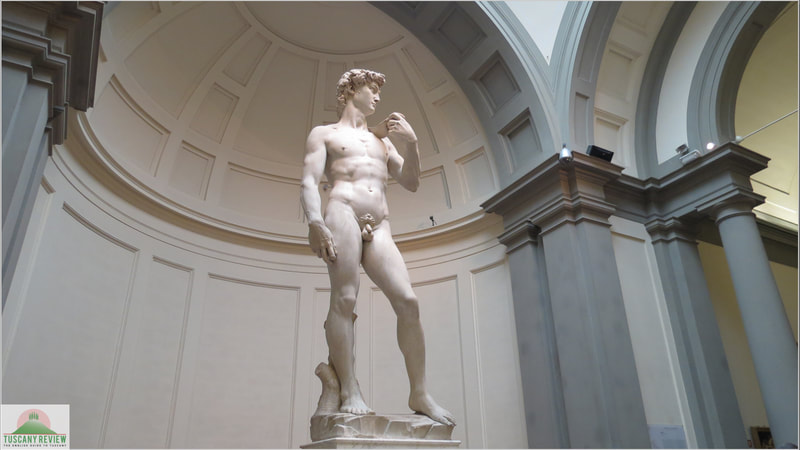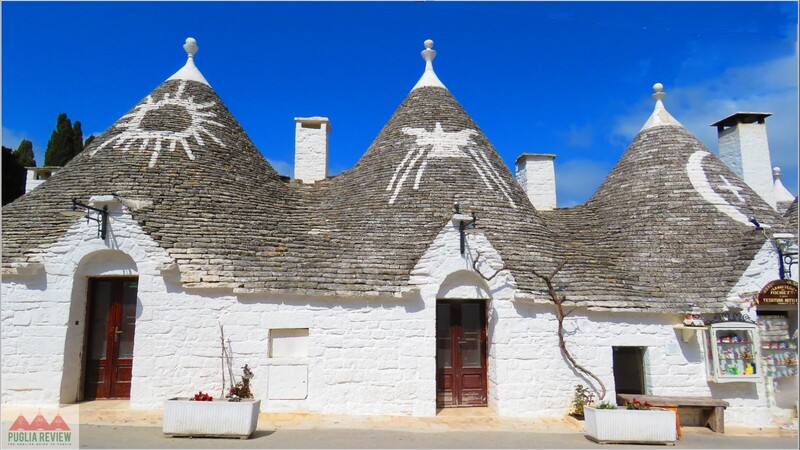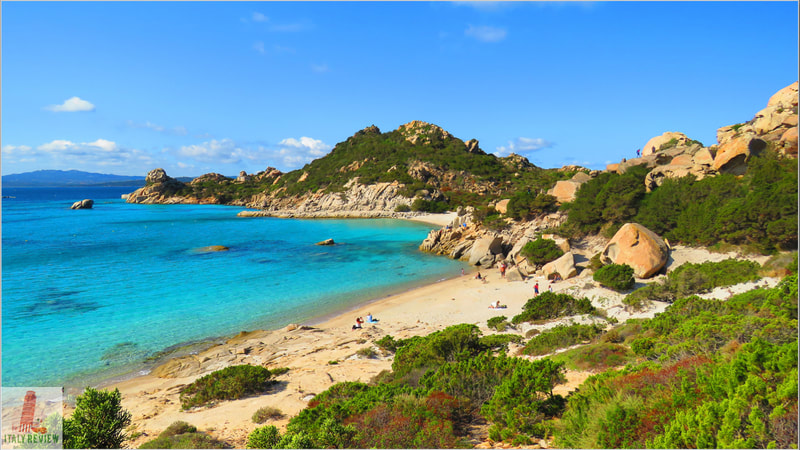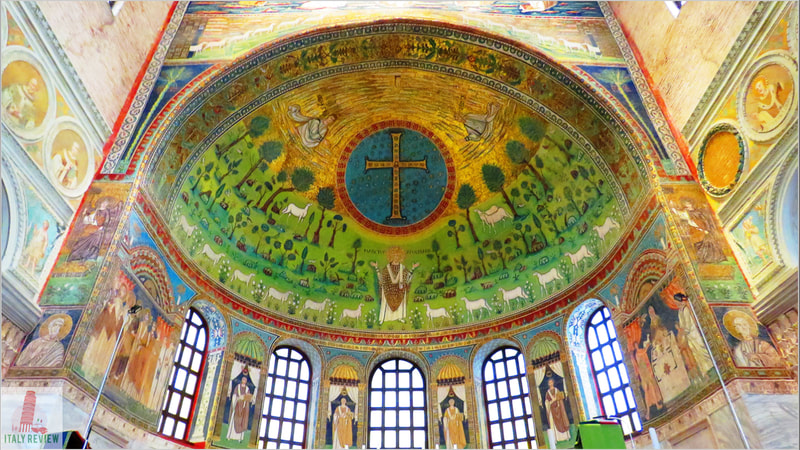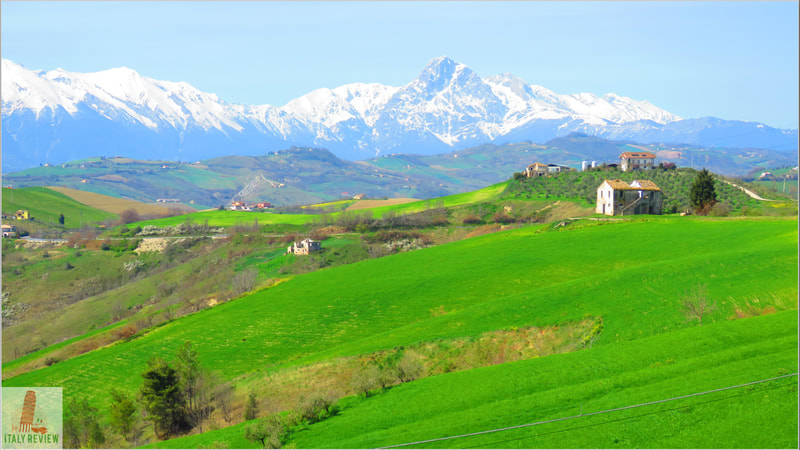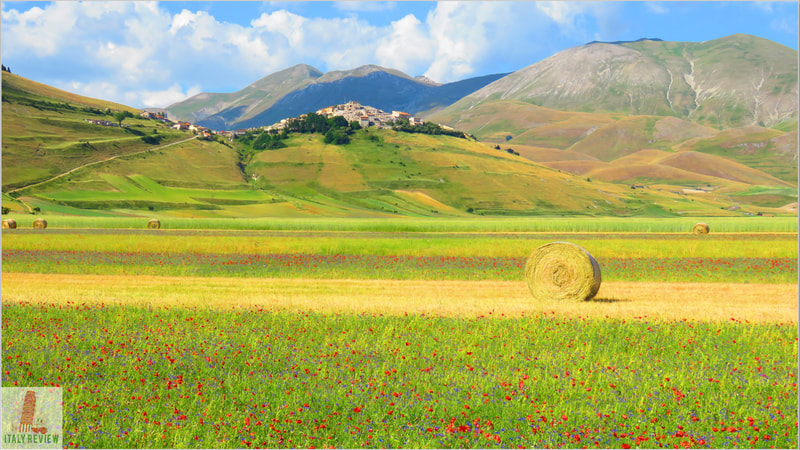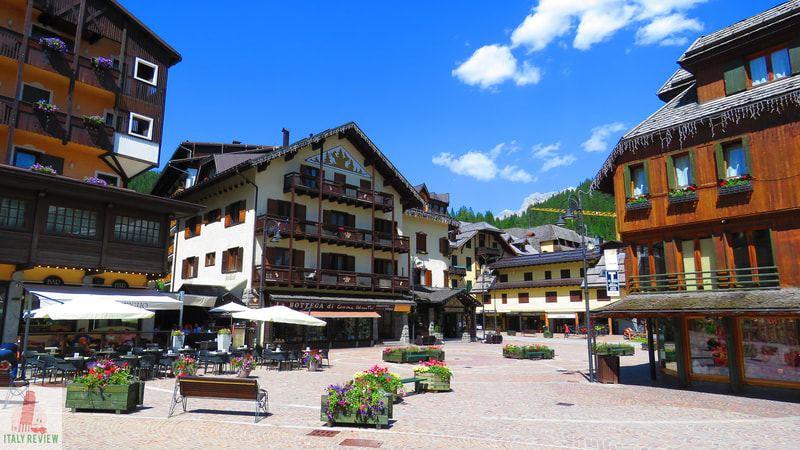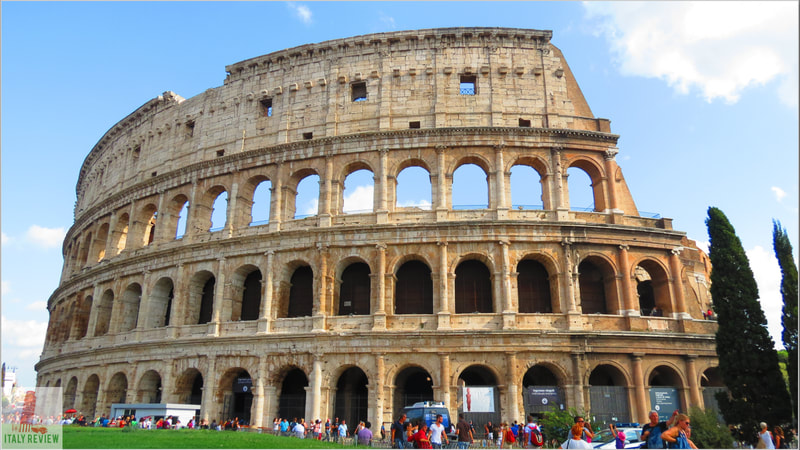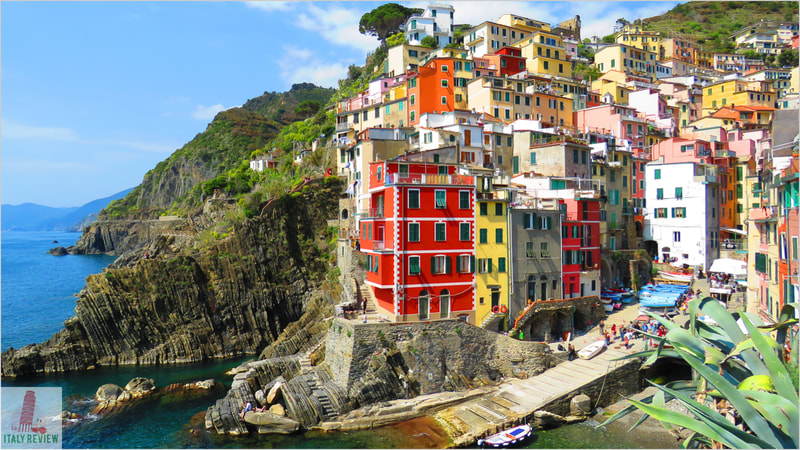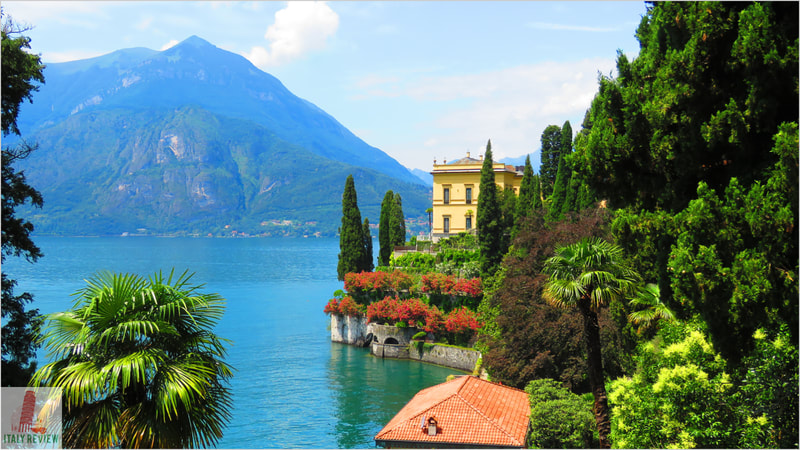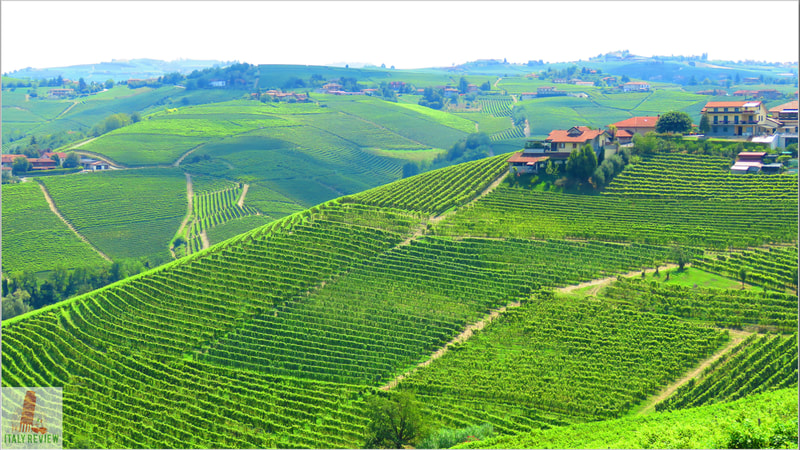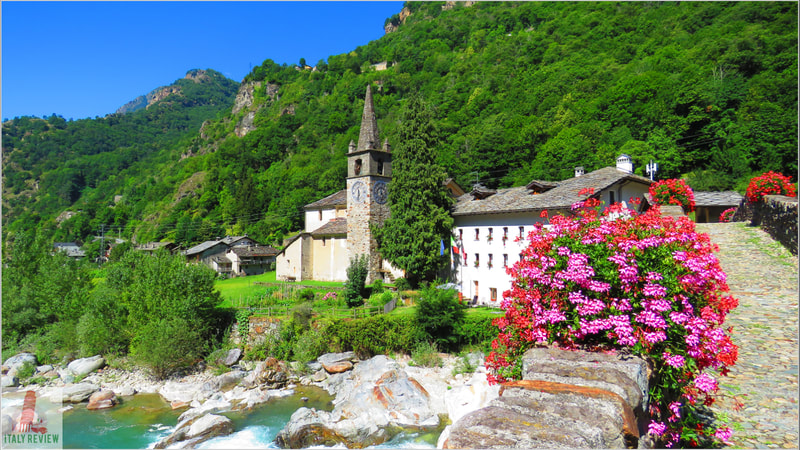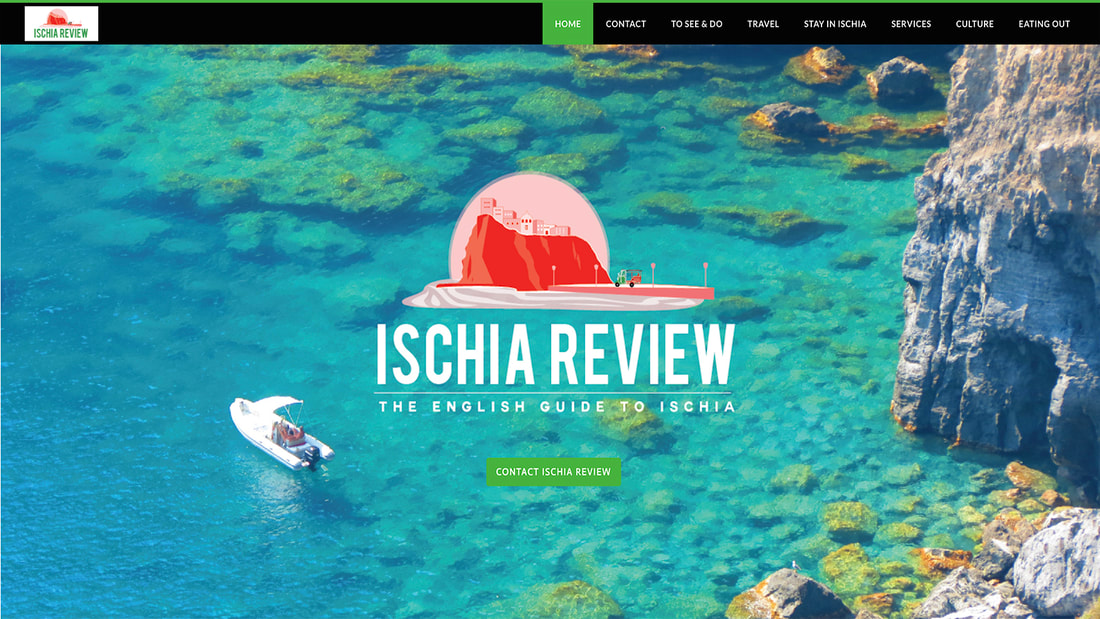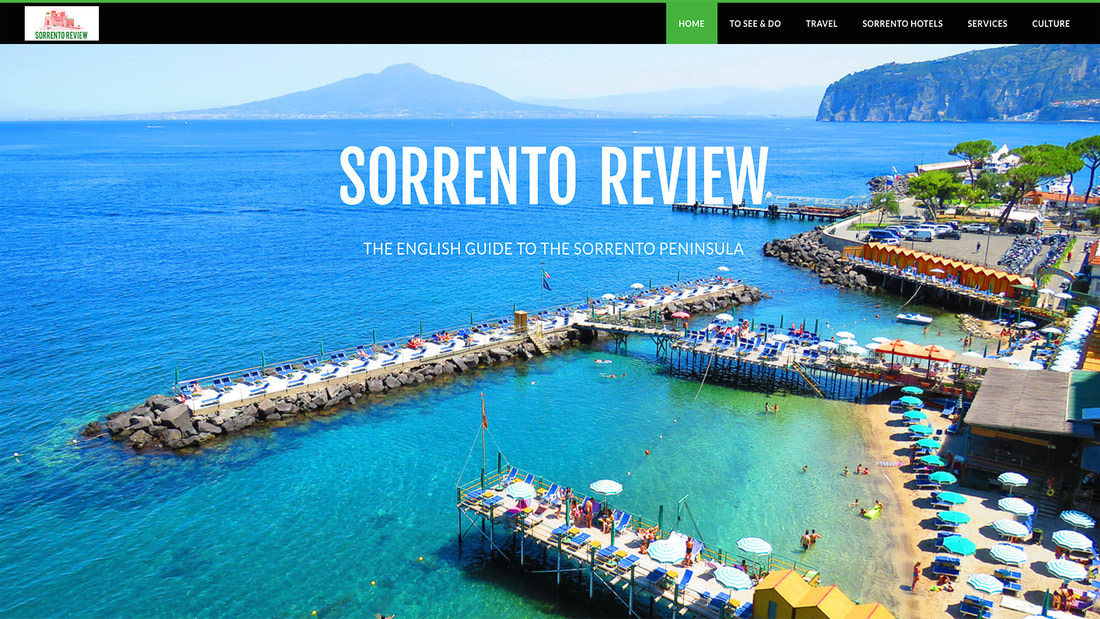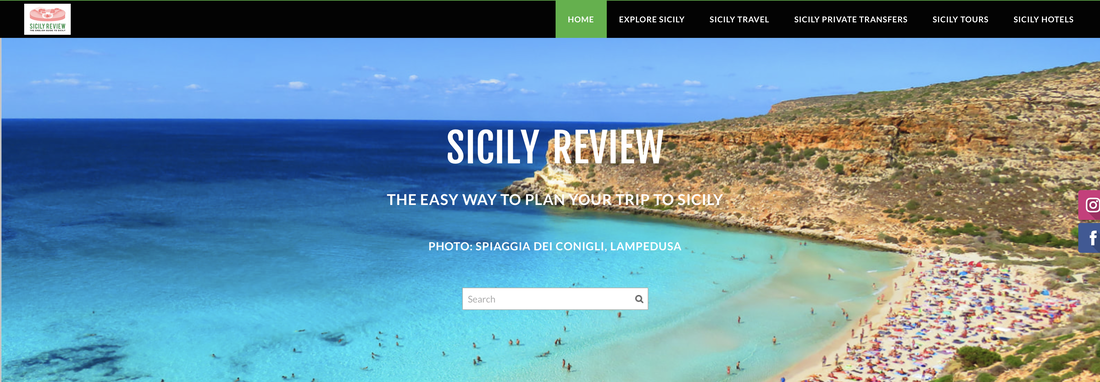Things to see in Lazio
|
By Dion Protani
|
Latest update: 23 January 2024
|
|
Outside of Italy it's rare to hear somebody say they're planning a trip to Lazio (Latium to give its anglicised version) or to even hear the word mentioned outside of discussions on the Roman football team of the same name. It is though, very commonplace to hear mention of trips to Rome which is the capital of Lazio and the starting point for most itineraries of the region.
The eternal city of Rome is incomparable and one of those places that you must see at least once in your life whereas Lazio is perhaps more for the seasoned traveller around Italy who's looking for a deeper connection with the country. |
Related Links
Lazio's Etruscan origins
To say Lazio is steeped in history is something of an understatement; before the reign of the Romans, the region was a hotbed of culture for the Etruscans who descended from the Greeks. The Etruscans left an indelible mark, not just on Lazio, but on the neighbouring regions of Umbria and Tuscany as well as further afield on the Italian peninsula.
The land of Etruria (home of the Etruscans) gradually reduced in size and was renamed Tuscia by the all-conquering Romans. The geographical area of Tuscia now corresponds with the modern administrative area of Viterbo Province where you'll find dozens of fascinating Tuscia Towns such as Vitorchiano and Soriano nel Cimino. The most important and largest centre of the Tuscia region is the city of Viterbo itself; Viterbo owes much of its fame to the heady days when it was the seat of power for the church and indeed where new popes were elected, specifically in the city's Palazzo dei Papi (the Palace of the Popes).
The land of Etruria (home of the Etruscans) gradually reduced in size and was renamed Tuscia by the all-conquering Romans. The geographical area of Tuscia now corresponds with the modern administrative area of Viterbo Province where you'll find dozens of fascinating Tuscia Towns such as Vitorchiano and Soriano nel Cimino. The most important and largest centre of the Tuscia region is the city of Viterbo itself; Viterbo owes much of its fame to the heady days when it was the seat of power for the church and indeed where new popes were elected, specifically in the city's Palazzo dei Papi (the Palace of the Popes).
Archaeological sites
The Etruscan influence can be felt more keenly in the evocative locations of Cerveteri and Tarquinia. Inscribed in the UNESCO World Heritage List since 2004, the Etruscan Necropolises of Tarquinia and Cerveteri offer a compelling insight into this ancient civilisation, while further exploration of the Etruscans is possible at the archaeological site of Vulci and in the town of Tuscania; all of which are located within the province of Viterbo.
Of course it wasn't just the Etruscans that left their mark on Lazio. The region is bursting with historical artefacts from the Roman Empire and one of the best places to witness that outside of Rome is the nearby Ostia Antica. The site is comparable in scale to that of the more famous Pompeii and no less intact; the sudden demise of Pompeii was perhaps more dramatic but Ostia Antica is one of the most important archaeological sites in the world from the Roman era.
Of course it wasn't just the Etruscans that left their mark on Lazio. The region is bursting with historical artefacts from the Roman Empire and one of the best places to witness that outside of Rome is the nearby Ostia Antica. The site is comparable in scale to that of the more famous Pompeii and no less intact; the sudden demise of Pompeii was perhaps more dramatic but Ostia Antica is one of the most important archaeological sites in the world from the Roman era.
The Tyrrhenian Coast
Ostia is situated on the Tyrrhenian Coast which is hugely popular among Italians who just want to flop out on a beach and keep cool in the sea during the hot summer months. Lazio's coastlines boasts a number of great seaside towns such as Sperlonga, Terracina and Gaeta, while the name of Anzio will be familiar to many as it was the landing stage for the Allies during World War Two.
The Lazio coast is also home to the town of Civitavecchia, one of Italy's major ferry ports from where you can sail to numerous locations including Sardinia, Sicily and further afield to Africa. Further south from Civitavecchia there are smaller ports from which you can catch a ferry to Lazio's Pontine Islands. The main island in the group is Ponza while nearby Ventotene is also worth a day-trip.
The Lazio coast is also home to the town of Civitavecchia, one of Italy's major ferry ports from where you can sail to numerous locations including Sardinia, Sicily and further afield to Africa. Further south from Civitavecchia there are smaller ports from which you can catch a ferry to Lazio's Pontine Islands. The main island in the group is Ponza while nearby Ventotene is also worth a day-trip.
Gardens of Lazio
Lazio can boast some of Italy's most beautiful gardens and arguably the most beautiful garden of all: the magnificent Villa d'Este in the town of Tivoli. Just a short drive from Villa d'Este there's the expansive Roman site of Villa Adriana.
The town of Bagnaia, close to Viterbo, is home to another beautiful garden called Villa Lante, while for something a bit different there's the weird and wonderful Mostri Park of Bomarzo: a garden of sculptures that have to be seen to be believed.
The town of Bagnaia, close to Viterbo, is home to another beautiful garden called Villa Lante, while for something a bit different there's the weird and wonderful Mostri Park of Bomarzo: a garden of sculptures that have to be seen to be believed.
The lakes and Roman Castles
As an alternative to the main beaches and seaside towns along the coast, Lazio has a series of lakes that offer great places to swim and sunbathe. The largest two of those are Lake Bracciano and Lake Bolsena which are of a similar size and have a number of beautiful lakeside towns surrounding them.
Two of the most beautiful are Trevignano Romano and Anguillara Sabazia (both on Lake Bracciano) while the town of Bolsena is the main town of the eponymous lake. Further lakes can be found in the Castelli Romani (Roman Castles) region of hills just outside Rome. The most famous of these are the vineyard town of Frascati and Castel Gandolfo; a summer residence of the pope but also a magnet for sun-worshippers on nearby Lake Albano.
Two of the most beautiful are Trevignano Romano and Anguillara Sabazia (both on Lake Bracciano) while the town of Bolsena is the main town of the eponymous lake. Further lakes can be found in the Castelli Romani (Roman Castles) region of hills just outside Rome. The most famous of these are the vineyard town of Frascati and Castel Gandolfo; a summer residence of the pope but also a magnet for sun-worshippers on nearby Lake Albano.
Historic towns
Away from the water and up into the hills lie some of Lazio's most fascinating hill towns. Cività di Bagnoregio is not to be missed but neither can the charms of Sermoneta or Calcata be ignored. It would also be remiss of me to talk about hill towns of Lazio without mentioning Ceccano which is where my surname and ancestors come from!
Much as I have tried to condense everything that's good about Lazio onto one page, it's an impossible task. I must, however, include Montecassino Abbey, the historic town of Anagni, the lakeside town of Castel di Tora and the incredible palace of Villa Farnese in Caprarola on my list of recommended places to see but there are still more besides via the category links below.
Much as I have tried to condense everything that's good about Lazio onto one page, it's an impossible task. I must, however, include Montecassino Abbey, the historic town of Anagni, the lakeside town of Castel di Tora and the incredible palace of Villa Farnese in Caprarola on my list of recommended places to see but there are still more besides via the category links below.

